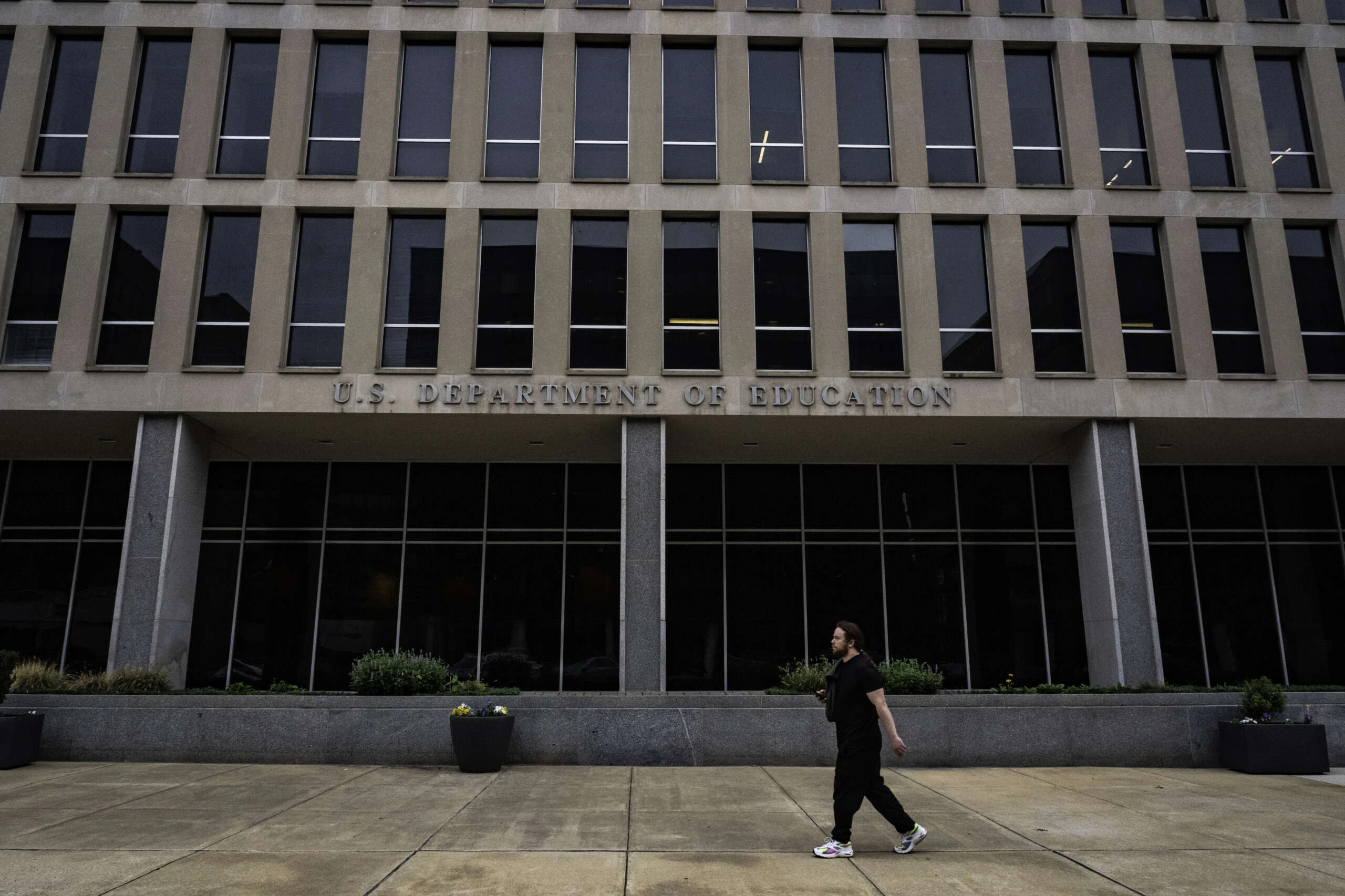WASHINGTON — The Trump administration is advancing plans to reorganize the US Department of Education, requiring senior officials and directors to sign non disclosure agreements to shield discussions about the restructuring, according to multiple sources familiar with the process.
Education Secretary Linda McMahon announced earlier this week that most federal education programs and staff would move to six other federal agencies, including the Departments of Labor and Health and Human Services.
The full details on the scope, timing, and logistics remain largely undisclosed to the public, Congress, and education advocates.
The goal is to ensure that sensitive planning and deliberations remain confidential as we navigate these changes, a senior Education Department official said on Friday, requesting anonymity to discuss internal processes.
The proposed reorganization aligns with a long standing conservative objective to reduce the size of the Department of Education.
Critics have expressed concern about transparency and oversight, citing the unusual use of non disclosure agreements in a civilian agency with no national security role.
“This is a significant step in dismantling what has traditionally been a centralized federal education structure,” said Dr. Maria Sanchez, a policy analyst at the Center for Education Policy.
“Non disclosure agreements are more commonly associated with corporate transitions or sensitive defense programs, so their use here raises questions about accountability.”
McMahon’s plan would transfer key functions, including grant management and student support programs, to other federal entities.
Officials say the move is intended to streamline services, though some education advocates warn that such a shift could create confusion for states, school districts, and recipients of federal education funding.
Education experts have expressed mixed views about the administration’s approach. Dr. James O’Neill, a former senior advisor at the Department of Education, said that NDAs can serve practical purposes.
“In theory, NDAs allow staff to speak freely without fear that preliminary discussions will be leaked or misinterpreted,” O’Neill said. “But in practice, using them broadly in a government agency raises transparency issues and may hinder public trust.”
Others argue that the approach could complicate congressional oversight. “If Congress cannot access detailed internal communications because of confidentiality agreements, it limits its ability to fully evaluate the impact of the reorganization,” said Karen Li, a government accountability expert at the Brookings Institution.
Historically, the Department of Education has rarely used NDAs for internal management discussions.
Unlike defense or intelligence agencies, which often invoke confidentiality due to national security concerns, education programs have traditionally been more open to public review and congressional scrutiny.
According to data compiled by the Government Accountability Office, fewer than two percent of federal civilian agencies routinely employ NDAs for career officials involved in program management or inter agency transitions.
The Trump administration’s move could represent a notable departure from standard federal practice. Staff at the Department of Education have described the atmosphere as tense but professional.
One mid level official, who requested anonymity, said that signing the NDA was “standard procedure” in the reorganization process, though it “feels different when it covers conversations about fundamental agency operations rather than sensitive national security matters.”
Education advocates also voiced concern about the impact on programs that directly affect students. “Families rely on clear and consistent guidance from federal education programs,” said Angela Rivers, executive director of the Education Advocacy Network.
If staff cannot speak openly, it may affect the ability to communicate critical information to states and school districts. The Trump administration has indicated that the reorganization is part of a broader effort to decentralize federal education functions.
Officials say the transition to six other federal agencies will occur in stages, though specific timelines remain unspecified.
“The Department is committed to minimizing disruption to students and families,” said the senior official. “We are following established business and governmental practices to ensure a smooth transition while protecting internal deliberations.”
Experts suggest that congressional hearings and oversight measures could play a critical role in monitoring the impact of the reorganization, particularly regarding funding allocations and program continuity.
The use of non disclosure agreements in the Education Department represents a notable shift in federal agency management.
While officials argue the NDAs allow for confidential deliberations during a major reorganization, education experts and advocates warn of potential transparency challenges.
As programs and staff move across multiple agencies, observers will closely watch how these changes affect federal education services, staff accountability, and public access to information.

